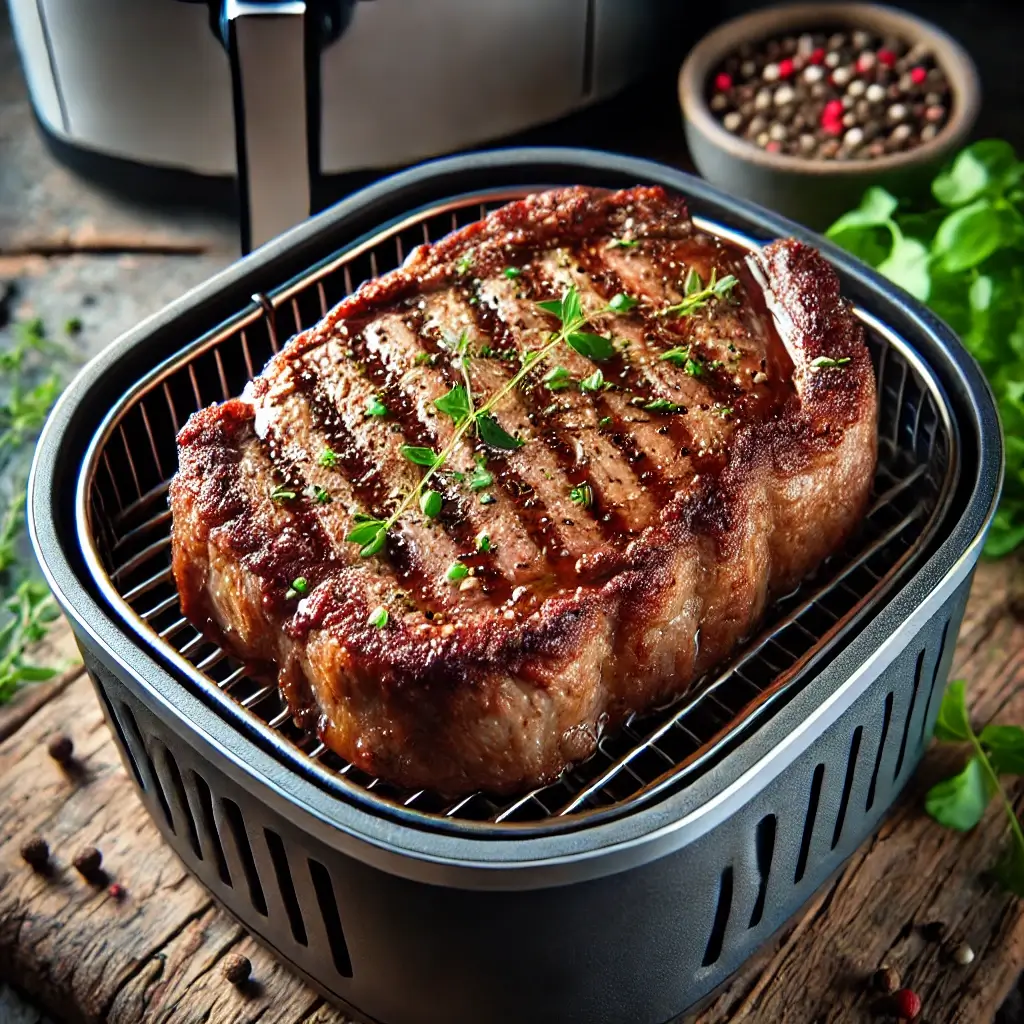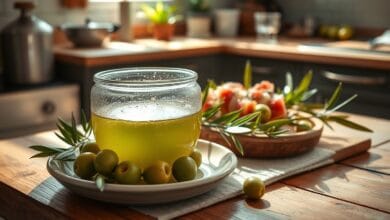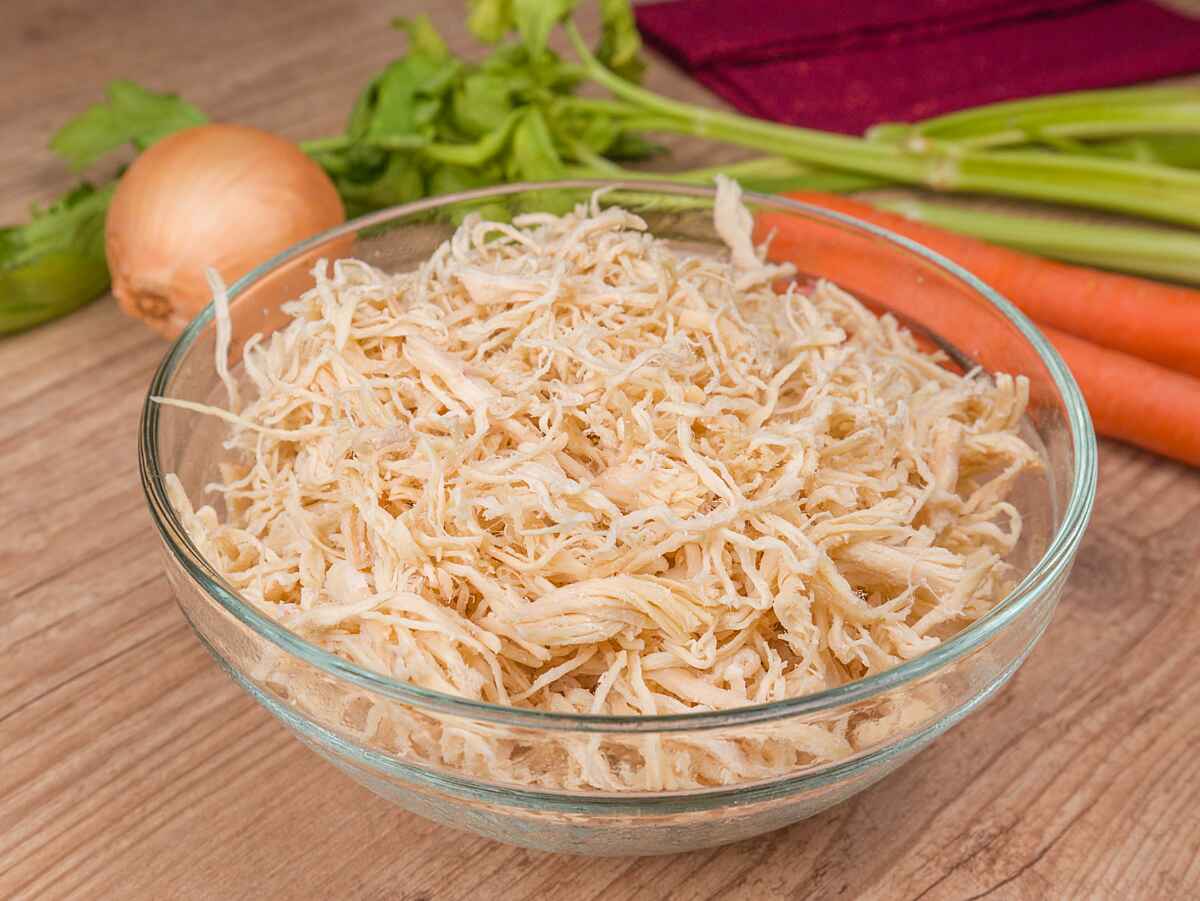Liver Soaked in Milk: The Secret to Smooth Flavor and Tenderness!
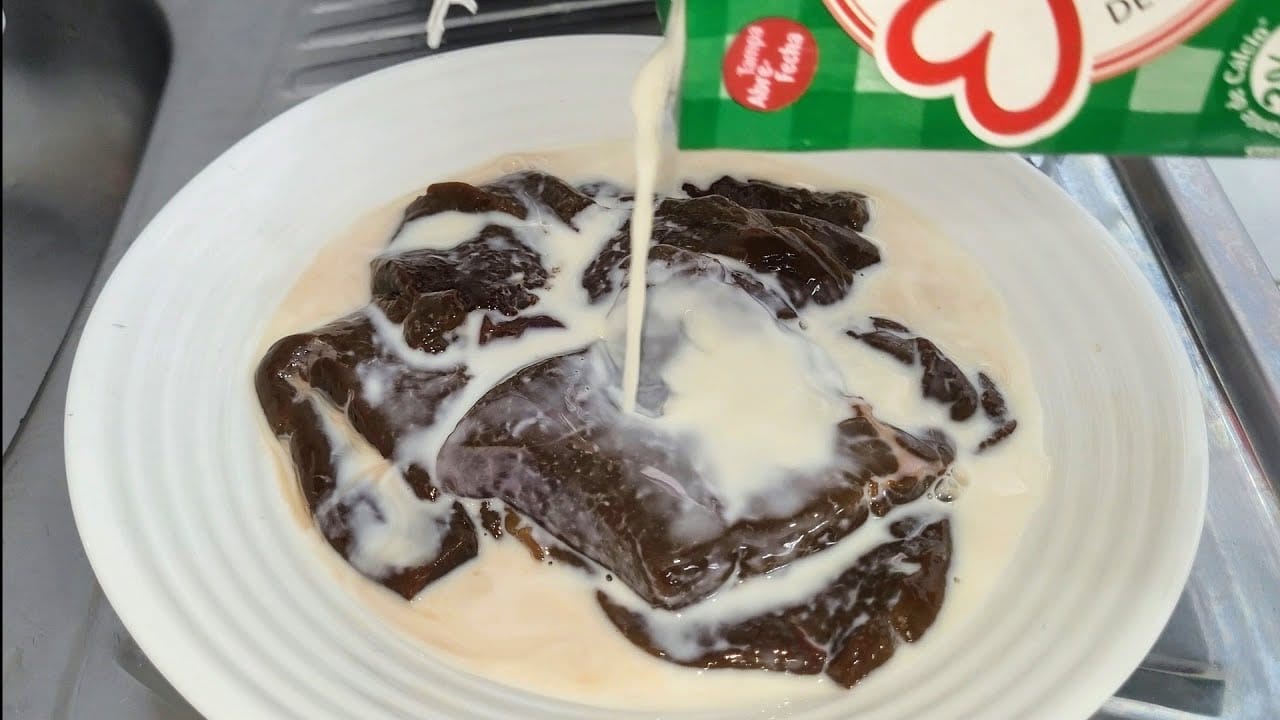
Discover why you should soak liver in milk before cooking and how this simple technique transforms the texture and flavor of liver. Also check out a step-by-step guide on how to apply this tip and suggestions for preparing this delicacy!
Introduction
Liver is a nutritious and tasty food, yet it often divides opinions. Its strong and characteristic flavor can be off-putting for some people. However, there is a simple and effective culinary trick that can make all the difference when preparing liver, making it more tender, mild, and pleasant to the palate: soaking the liver in milk. If you’ve ever wondered why this technique is used and how to do it correctly, this article is for you! We’ll explore the benefits of soaking liver in milk, share a detailed step-by-step, and give tips to prepare delicious recipes with this delicacy. Get ready to rediscover liver and be amazed by the result!
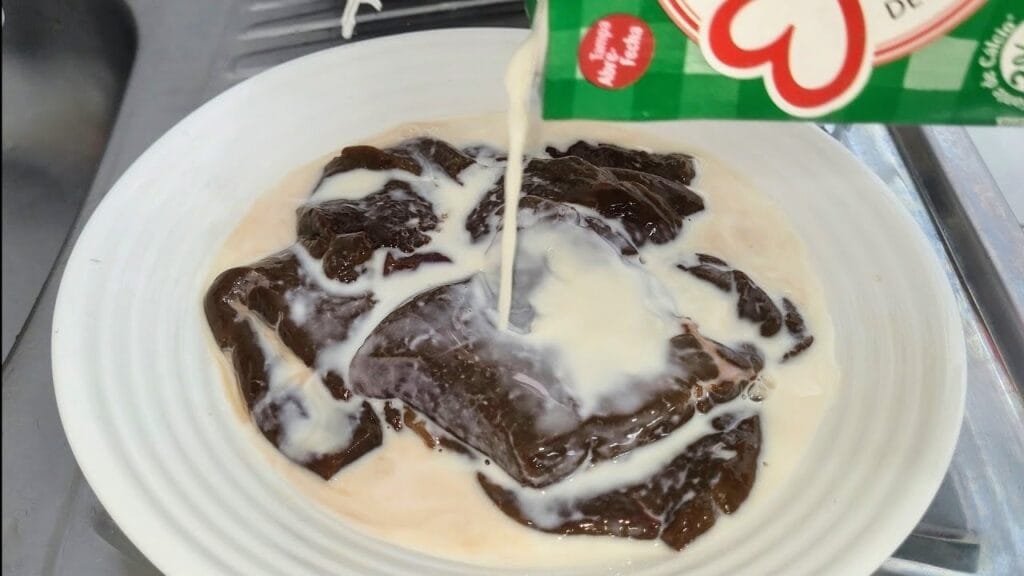
Why Soak Liver in Milk? The Surprising Benefits
Soaking liver in milk before cooking is an age-old technique passed down through generations that makes all the difference in the final result. But why is this process so beneficial?
1. Milder and Less Bitter Flavor:
Liver, especially beef liver, can have a strong, slightly metallic, and sometimes bitter taste. This is due to the presence of toxins and impurities filtered by the organ. Milk helps to neutralize these substances, resulting in a milder and more pleasant flavor. Casein, a protein found in milk, binds to these compounds, helping to remove them from the liver.
2. Softer Texture:
Liver is a cut of meat that can become tough and dry if overcooked. Soaking the liver in milk helps tenderize the meat fibers, making it more tender and juicy. Milk has a slightly acidic pH, and that acidity helps break down the liver proteins, resulting in a softer texture after cooking.
3. Reduction of Strong Odor:
Fresh liver can have a strong odor that is not always pleasant. Soaking it in milk helps to reduce this odor, making preparation and consumption more enjoyable.
4. Improves Appearance:
O liver in milk it tends to look lighter and more uniform in color after cooking, which can make the final dish more visually appealing.
5. Higher Nutritional Value (Calcium Absorption):
Although in smaller amounts, soaking liver in milk can help increase calcium absorption by the body, making the dish even more nutritious.
6. Reduction of Fat Content:
The process can also help reduce some of the fat content present in the liver.
Step by Step: How to Soak Liver in Milk Properly
Now that you know the benefits, here’s how simple it is to soak the liver in milk:
- Choose the liver: Choose fresh and good-quality liver. Chicken and veal livers are naturally milder, while beef liver has a stronger flavor.
- Clean the liver: Rinse the liver thoroughly under running water and remove any membranes or thick skin that might be present.
- Cut into pieces (optional): For a faster and more uniform process, cut the liver into steaks or smaller pieces, according to your preference and the recipe you will prepare.
- Choose the container: Use a glass, ceramic, or plastic container large enough to hold all the liver and milk. Avoid metal containers as they can react with the milk’s acid and alter the liver’s flavor.
- Cover with milk: Place the pieces of liver in the container and cover them completely with whole milk, preferably. Skim milk can also be used, but whole milk yields better results.
- Soaking time: Let the liver soak in milk for at least 1 hour, ideally between 2 to 3 hours. For an even milder result, you can soak it in the refrigerator overnight.
- Discard the milk: After soaking, drain and discard the milk. Do not reuse the milk as it will have absorbed impurities and the liver’s strong flavor.
- Rinse and dry: Rinse the pieces of liver under running water to remove any milk residue. Pat dry well with paper towels before cooking.
Important tips:
- Use whole milk: Whole milk, as it contains more fat, helps better tenderize the liver and neutralize stronger flavors.
- Refrigeration: For food safety, always soak the liver in milk in the refrigerator, especially if soaking for more than 2 hours.
- Do not soak too long: Soaking liver in milk for too long can make its texture overly soft. Follow the recommended time for the best results.
Other Options for Soaking Liver
Although milk is the most traditional option, you can try other liquids to soak liver:
- Buttermilk: Buttermilk is a byproduct of butter and cheese production. It has a slightly acidic flavor and can be used to tenderize and mellow the flavor of liver.
- Natural yogurt: Natural yogurt, like milk, contains lactic acid that helps tenderize liver. Use full-fat, unsweetened yogurt.
- Lemon juice or vinegar (in moderation): Lemon juice and vinegar are also acidic and can help tenderize the liver. However, use them sparingly as they may alter the meat’s flavor if used excessively. Add a small amount (1 to 2 tablespoons) to milk or water for a gentler effect.
- Water: If you don’t have milk or other options, you can soak liver in water, though the effect is not as effective as with milk.
Recipe: Liver Steaks with Onions
Now that you know how to prepare liver, how about a classic and delicious recipe? Here’s how to make liver steaks with onions:
Ingredients
- 500g of beef, chicken, or veal liver, cut into thin steaks (about 1cm thick)
- 1 cup of whole milk (for soaking the liver)
- 2 large onions thinly sliced
- 3 tablespoons of olive oil or butter
- Salt and freshly ground black pepper to taste
- 2 tablespoons of red wine vinegar or lemon juice (optional)
- Fresh chopped parsley to garnish (optional)
Preparation Method
- Soak the liver in milk following the detailed instructions above.
- In a large skillet, heat half of the olive oil or butter over medium heat.
- Sauté the onion slices until soft and golden, about 8 to 10 minutes. Season with salt and pepper to taste. Set aside.
- Remove the liver steaks from the milk, discard the milk, and pat the steaks dry with paper towels.
- Season the steaks with salt and pepper to taste.
- In the same skillet, add the remaining olive oil or butter and heat over medium-high heat.
- Fry the liver steaks for about 2 to 3 minutes on each side, until golden on the outside and slightly pink inside. Do not overcook to avoid toughness.
- If desired, add the vinegar or lemon juice to the skillet in the last seconds of cooking to deglaze and create a quick sauce.
- Remove the steaks from the skillet and let them rest for a few minutes.
- Return the onions to the skillet and heat briefly.
- Serve the liver steaks topped with sautéed onions and, if desired, finish with fresh chopped parsley.
Suggested sides: white rice, mashed potatoes, French fries, sautéed vegetables, green salad.
Conclusion
Soaking liver in milk before cooking is a simple technique that makes all the difference in the final result, ensuring a more tender liver with a milder and more pleasant flavor. Now that you’ve mastered this technique and understand the benefits of each step, try preparing delicious liver recipes and be surprised by the taste! Remember to choose fresh, good-quality liver and cook it to the right doneness for the best texture possible. With these tips, you will transform liver into a dish enjoyed by the whole family!
And you, did you know the technique of soaking liver in milk? Share your experiences and tips in the comments!
